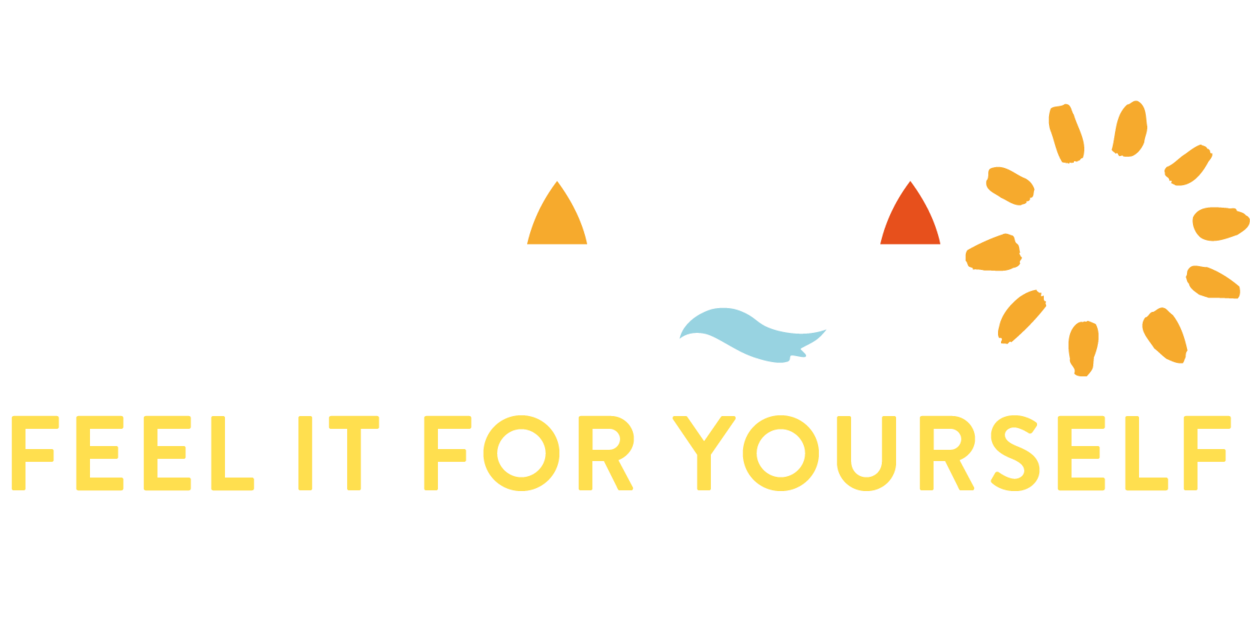Experience the unique blend of Caribbean and European culture in Curaçao through its food and drinks.
DAY 1:
Batidos are popular tropical shakes and a must try during your visit. Check out the mobile stand in front of the Plasa Bieu (Old Market) in Punda.
You’ll undoubtedly notice the Queen Emma Bridge, a pontoon bridge connecting Punda and Otrobanda in Willemstad. It’s known as the “Swinging Old Lady,” and no trip to Curaçao is complete without a walk across it – just make sure to keep your balance!
Pietermaai offers perhaps the ideal end for your discovery of Curaçao. The area combines the history of the island – clearly visible through street art and architecture – with a vibrant atmosphere that, well, you simply have to feel for yourself.
DAY 2
You read that correctly: Curaçao does indeed have ostriches! Meet them, feed them, and – for the truly daring – even ride them during hourly safari tours at one of the Ostrich and Game Farm outside of Africa. While you’re in the northeast, this is also a great time to check out the amazing Curaloe (The Aloe Vera Plantation Curaçao).
Check out Kas Di Pal'i Maishi, Den Paradera, ChiChi Art, Serena's Art Factory, or any of the other museums on island that peak your interest!
Located in southeast Willemstad, Jan Thiel Beach and Caracas Baai may seem far away for those staying further west, but the dining options and Jan Thiel beach make the trip across town more than worth it.
A traditional adobe house with a thatched roof, Kas Di Pal'i Maishi was built around 130 years ago. The house holds unique artifacts from the past, showing visitors what life was like for Afro-Curaçaoan people dating back to the late 17th century.
Treat yourself to something special by booking a Chef's Dinner experience, a must do for every foodie to experience the island's unique flavors and dishes.
DAY 3
A snek stand is Curaçao's version of the ventanita to grab coffee, sandwiches, and more. Don't forget to try a Pastechi, filled Antillean pasties.
At the Floating Market near the Pontoon Bridge in Willemstad, wooden boats dock alongside the canal and vendors here sell just-caught fish and tropical fruits and vegetables directly from the quay under the shade of tents.
Punda’s rustic, open-air Old Market is a perfect representation of authentic Curaçaoan cuisine. Here you’ll find stobá (stew, usually with goat meat), Guiambo (okra soup), and other local favorites, along with some international fare. There might be no fine dining here – just a few picnic tables – but the warmth of the locals more than makes up for it.
It's time for some adventures on dry land.
Visit Williwood to take a picture of Curaçao's very own version of the Hollywood sign and visit Sint Willibrordus church, which dates back to 1888.
Don't miss Shete Boka National Park, an area with more than 10 beautiful Boka's (boka means inlet) where three species of turtles nest. Shete Boka stands for "seven inlets".
Another must-see is Kas di Pal'I Maishi - a traditional adobe house with a latched roof built about 130 years ago. It illustrates the way the Afro-Curaçaoan rural population of Curaçao lived till about 1950.
14) Cooking Workshop: Bring a bit of Curaçao's authentic cuisine home by learning how to cook some (modern or traditional) recipes.
During a Caribbean cooking class, you’ll learn all about different local ingredients and what you can do with them.
Jan Thiel Beach, one of the island’s most popular beaches, is far more than just the beach. There are also plenty of activities, including flyboarding, shopping, watersports, and chartered boat tours.
Even before street food became highly popular, Curaçao had its own version. "Truk’i Pan" means sandwich truck but you'll find much more than that on the menus. Ask a Curaçaoean about their go-to Truk’i Pan or find our own late night dining favorite. There is no better way to end your three days in Curaçao!

